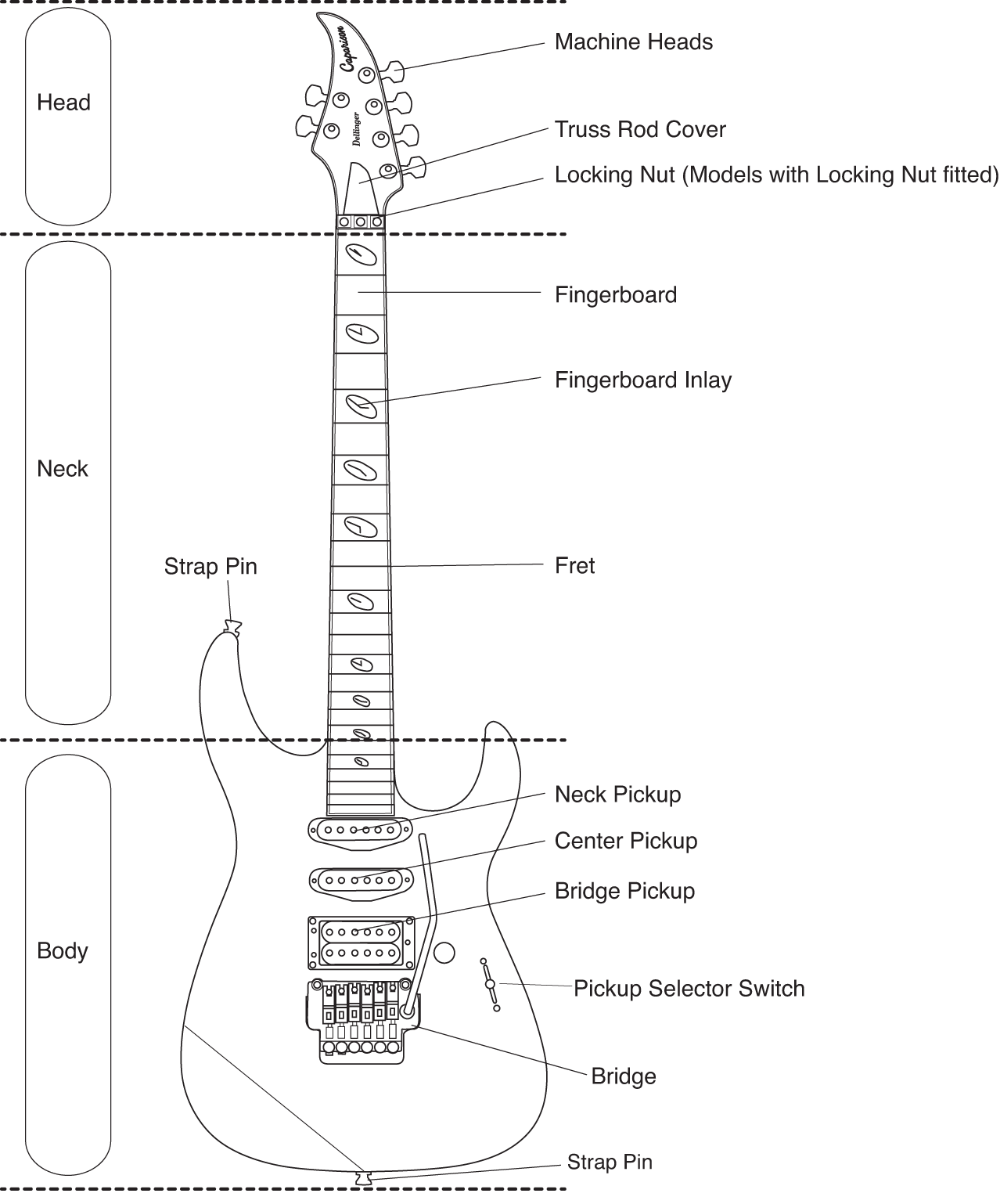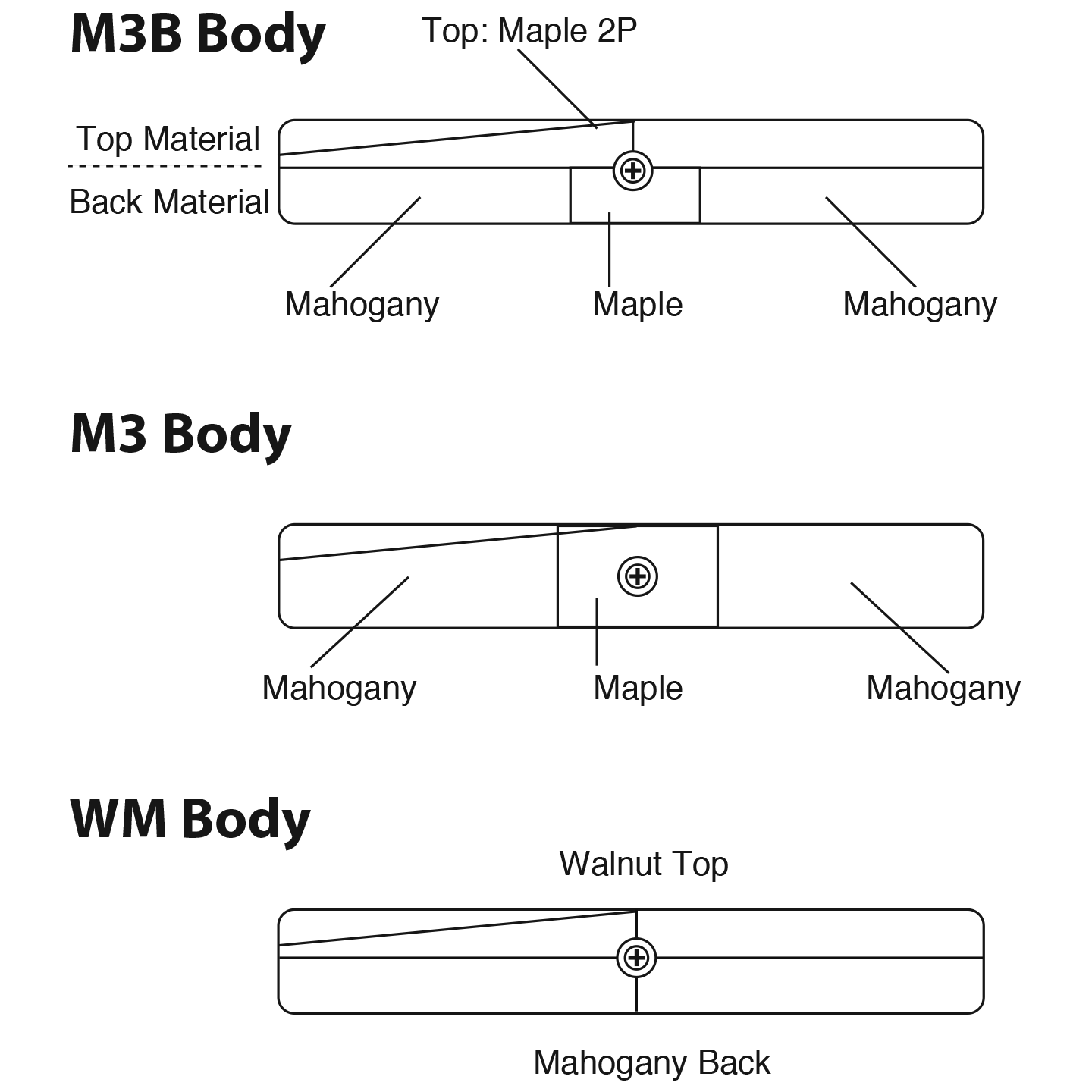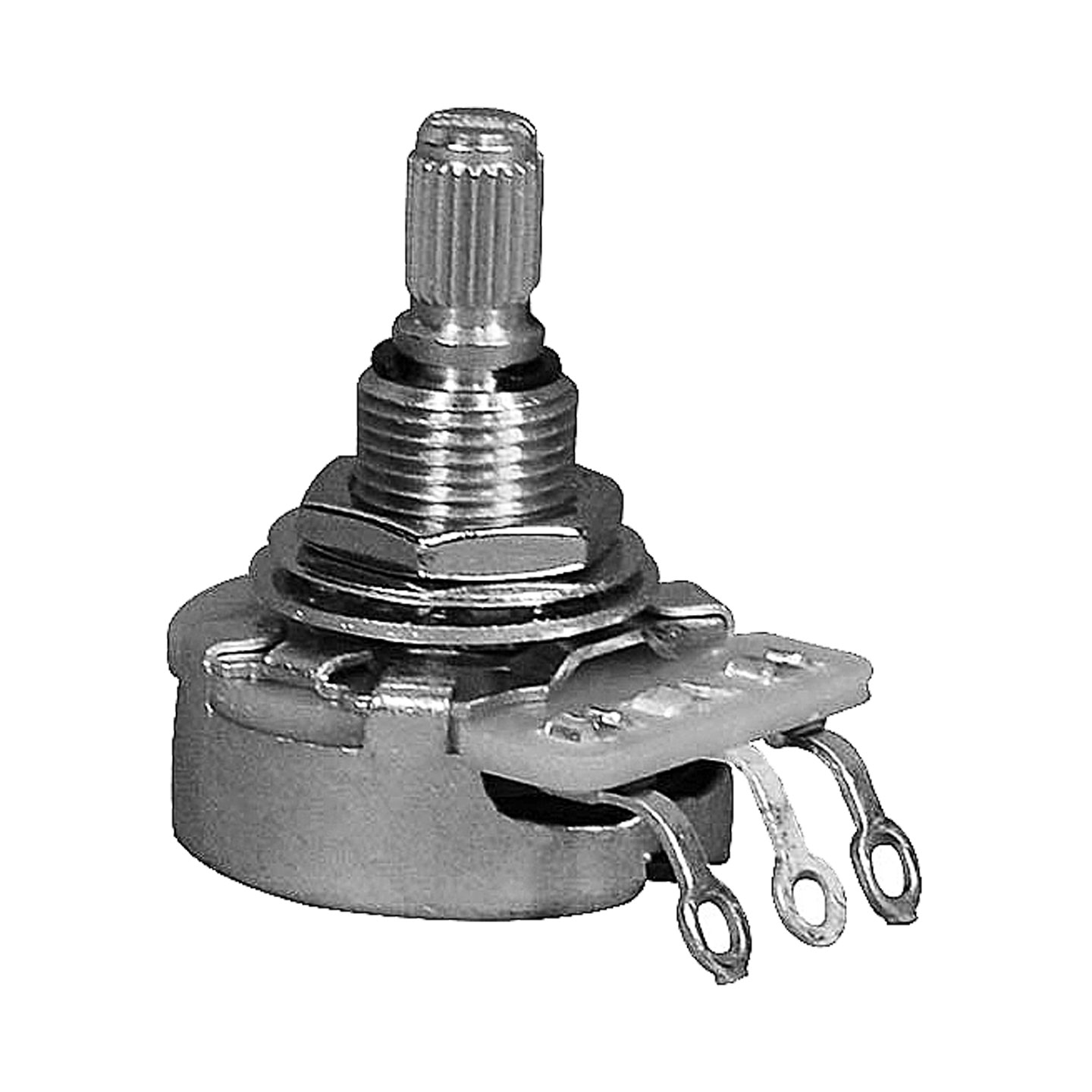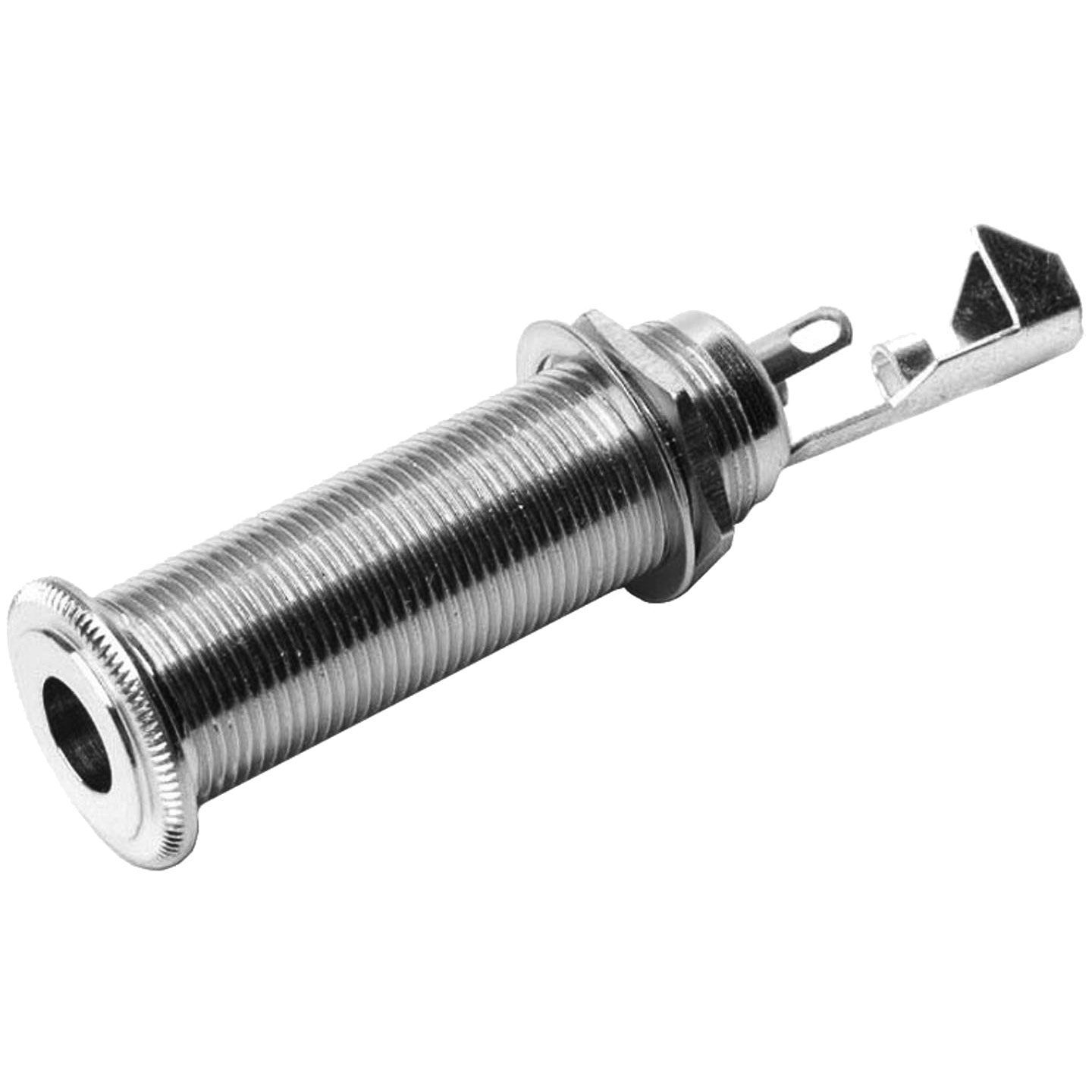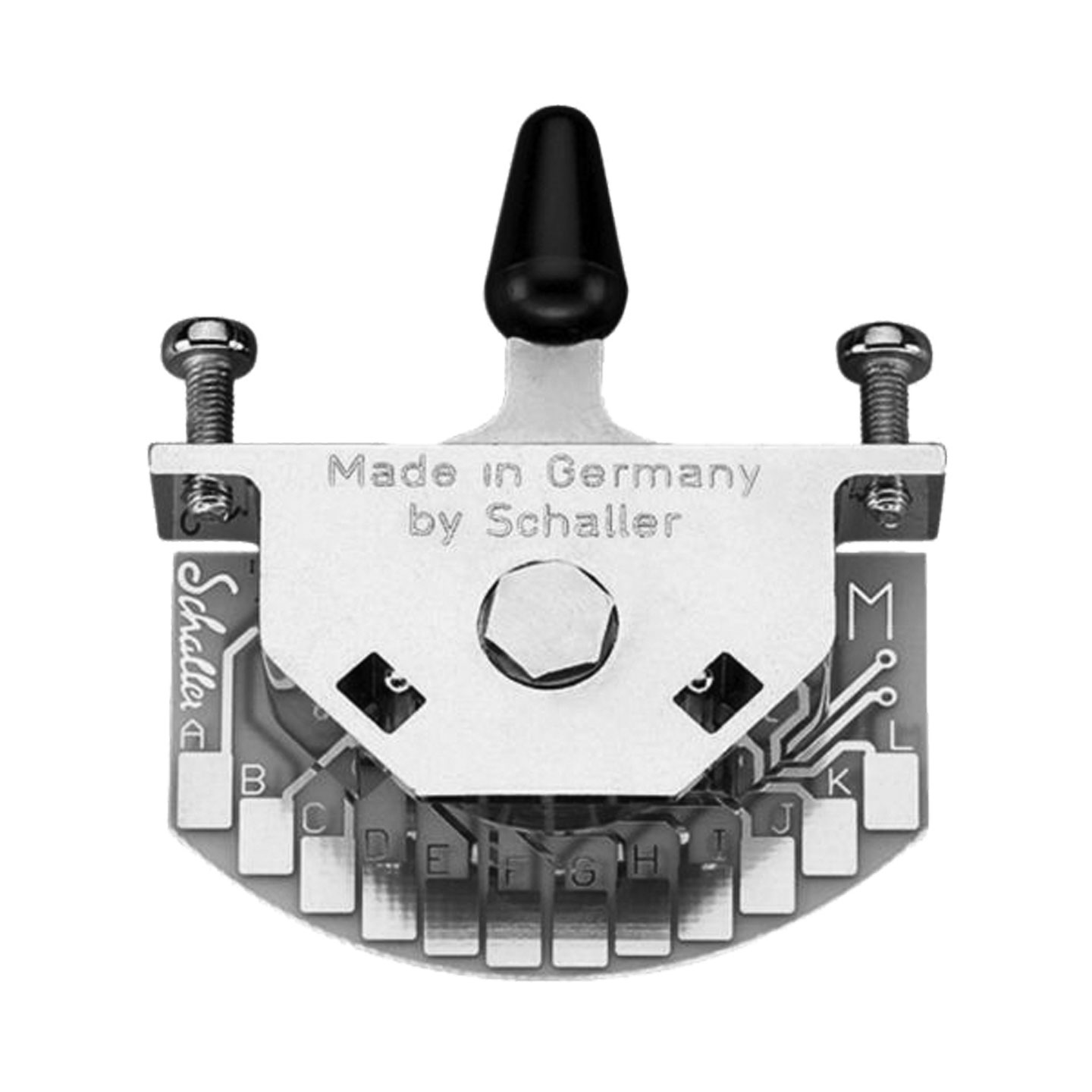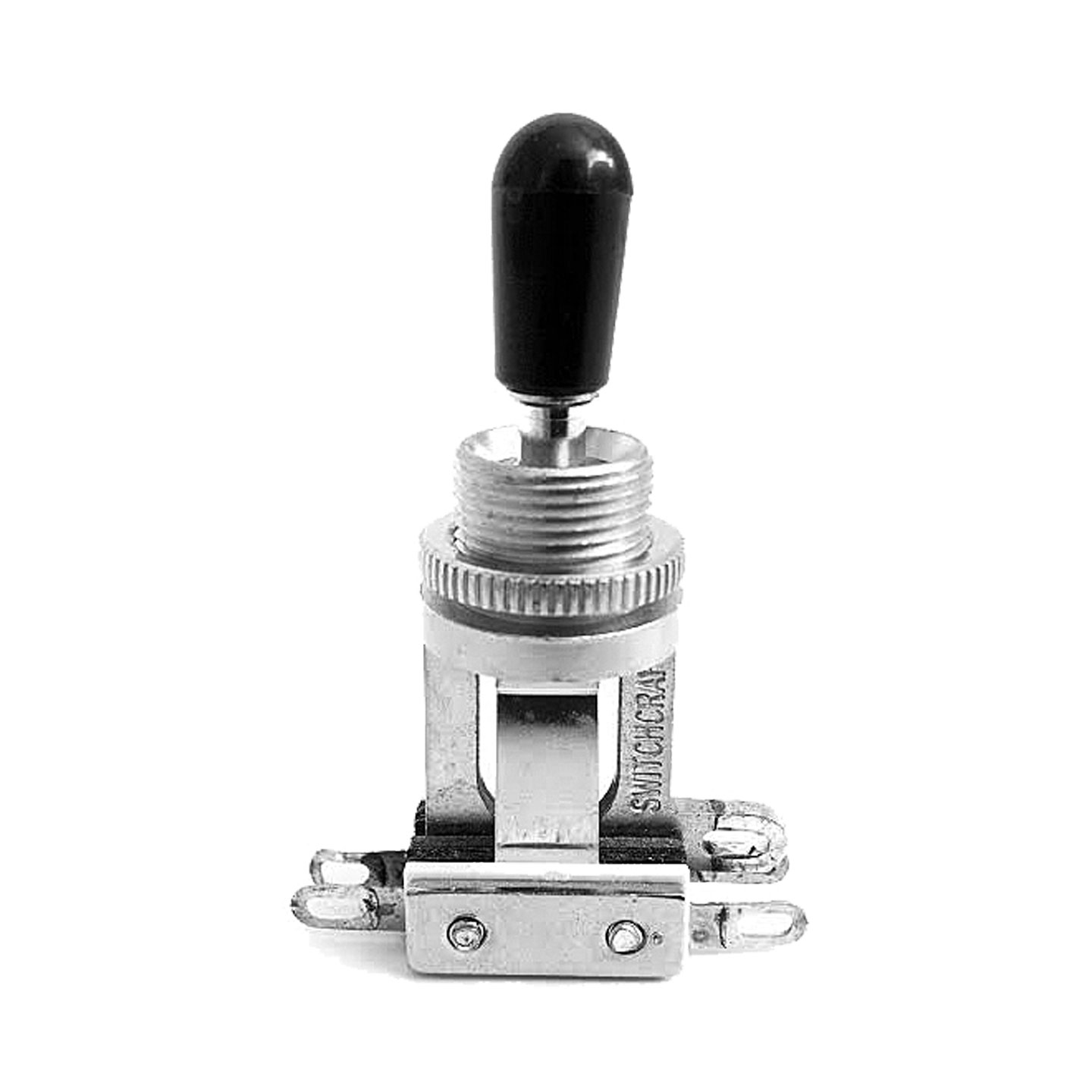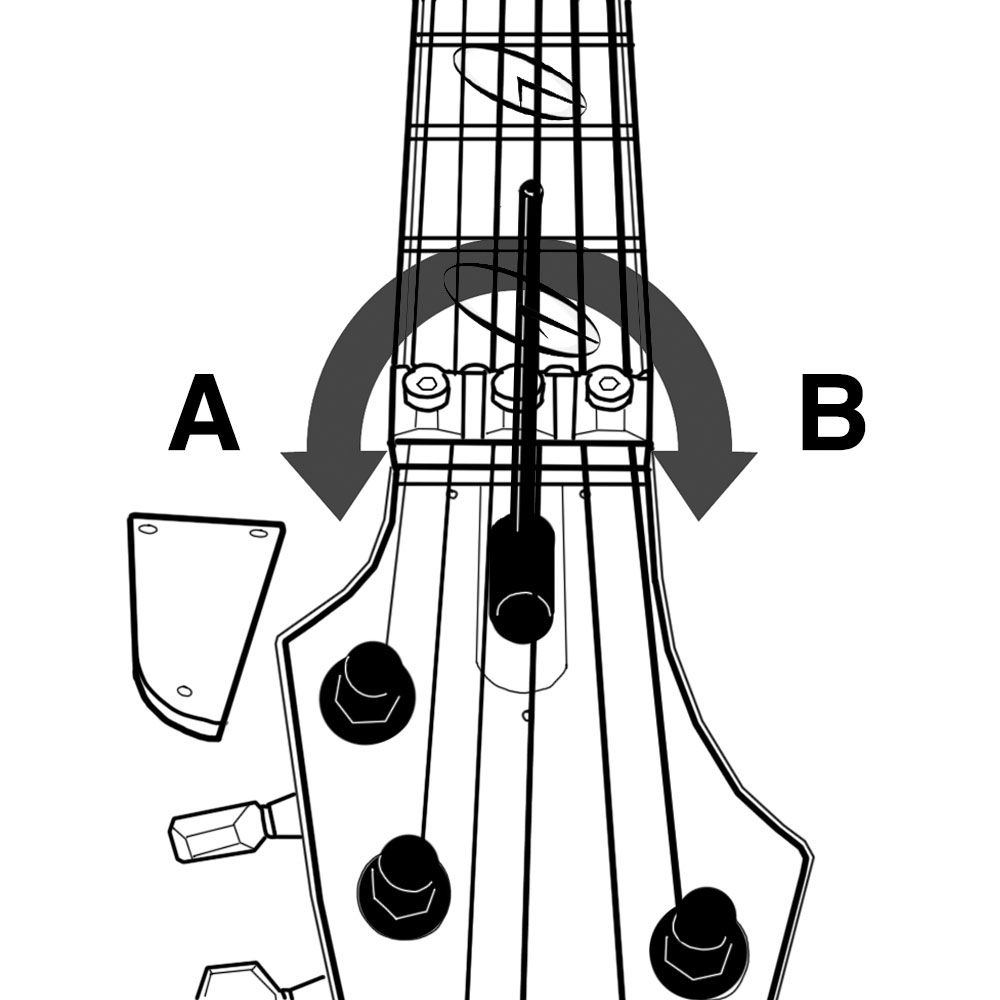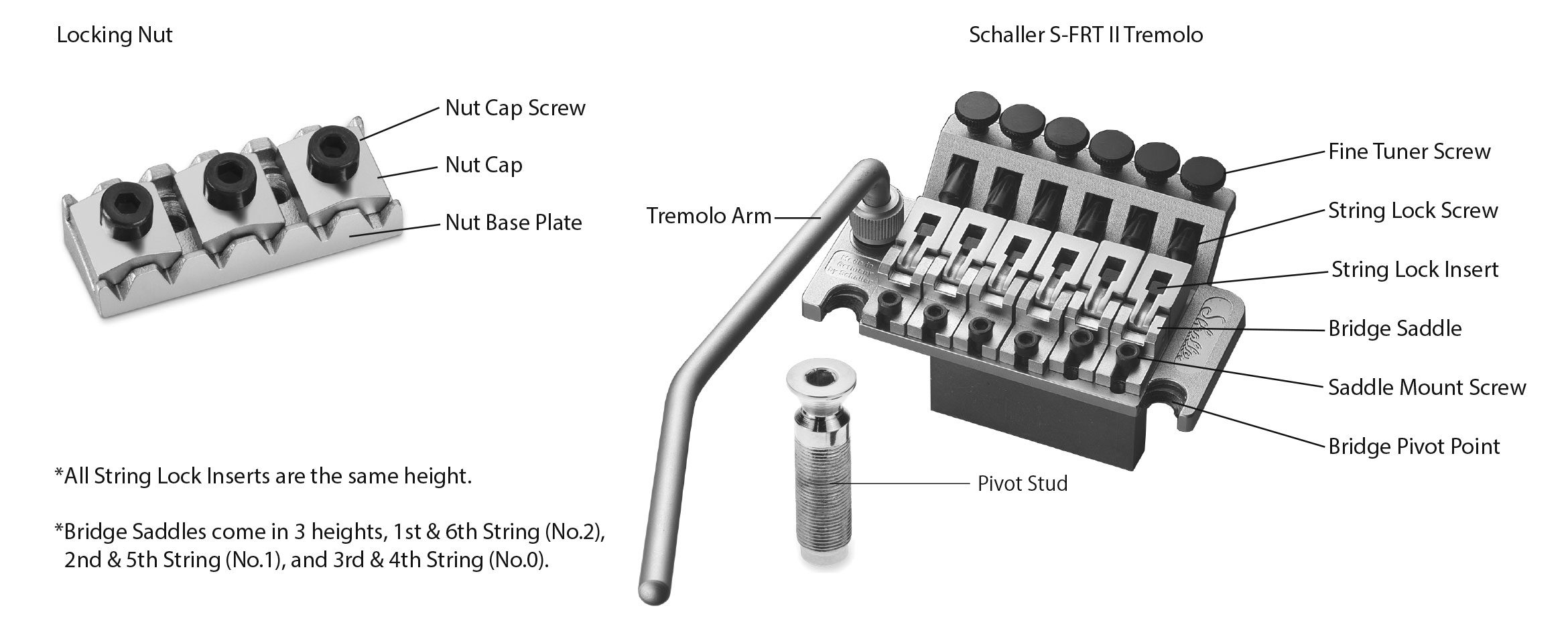- Что мы знаем о Caparison Guitars
- Caparison Guitars
- Содержание
- История
- Гитары
- Известные гитаристы, играющие на Caparison
- Ссылки
- Смотреть что такое «Caparison Guitars» в других словарях:
- Caparison Guitars — Caparison Guitars
- СОДЕРЖАНИЕ
- История
- Гитары
- Caparison Owner’s Manual
- Caparison Body Construction
- Care & Maintenance
- Neck, String & Pickup Adjustment
- Schaller S-FRT II
Что мы знаем о Caparison Guitars
Caparison в начале…
Несмотря на то что Caparison Guitars была основана в 1995 году, произведенные модели были доступны не раньше 1996 года. Первые доступные модели были TAT, Horus и Angelus FSW. На текущий момент Angelus FSW доступна как модель Angelus. Именных моделей в первый год не выпускалось (примечание: модель Horus, фактически являлась именной моделью Chacha-Maru).
В дополнении к линии гитар Caparison, в течении первых лет была подготовлена линия недорогих гитар под брендом «Chatting Bird by Caparison». Однако торговая марка не вызвала должного интереса на японском рынке и выпуск гитар был прекращен. Многие из моделей Chatting Bird были сделаны в Корее, но есть и модели произведенные в Японии, но более низкого качества чем гитары бренда Caparison.
При финансовой поддержке Kyowa-Shokai, Caparison начали поиски потенциальных эндонсеров, но было очень сложно убедить известных профессиональных гитаристов подписать договор. Так же были предприняты меры для подписания перспективных контрактов в основном в Японии и различными группами приезжающими в Японию на выступление.
В период с 1997 по 1998 год были произведены первые именные модели. Одна из них была Angelus-ACE для японского гитариста ACE Shimizu, за которым последовала PLM-1 для Pete Lesperance. Вскоре было достигнуто соглашение с гитаристом группы Arch Enemy — Chris Amott.
В период с 1999 по 2004 годы были подписаны соглашения с гитаристами: Steve Salas & Mattias “IA” Eklundh, Gackt & Fumihiko, Peter Wichers и Ola Frenning из Soilwork, Tom S. Englund и Henrik Danhage из Evergrey, Steve Stell из Enforsaken, Anders Bjorler из The Haunted и Michael Romeo из Symphony X. Это позволило бренду Caparison стать более известным в мире.
Caparison сейчас…
2003 год был ознаменовал появлением модели Dellinger изначально доступной только в качестве именной модели гитариста Chris Amott. В конце концов Dellinger-CA (Chris Amott) превратился в Dellinger и Dellinger II которые мы знаем сейчас, как отказ от первоначальной именной модели CA.
Другие модели были представлены наряду с нововведениями по совершенствованию существующих конструкций. К ним относятся HGS (Heavy Gauge String), новая отделка FD Satin, а также нововведения в звукоснимателях.
Английский сайт Caparison был открыть в марте 2004 года и т.о. были открыты двери для всего мира. До создания англоязычного сайта очень мало людей знало о существовании гитар Caparison, поскольку были проблемы с источниками информации. Хотя ситуация мало изменилась с момента открытия сайта.
В настоящее время Caparison один из самых быстрорастущих брендов благодаря группам и музыкантам-эндонсерам. Тем не менее распространение гитар за пределами Японии было и остается весьма ограниченным, поскольку приобрести инструмент сейчас не намного проще чем раньше.
Пы.сы и мое личное мнение: Увеличение каналов распространения инструментов наряду с увеличением его популярности неизбежно приведет к снижению качества изготавливаемых гитар. А сейчас у нас есть возможность приобретать инструменты по качеству очень близких к custom shop гитарам по относительно невысокой цене.
Источник
Caparison Guitars
Caparison Guitars — японский производитель электро- и бас-гитар. Компания зарекомендовала себя ручными сборками гитар, а также новой патентованной технологией в гитаростроении TAT, и потрясающими дизайнерскими решениями гитар. Caparison считаются одними из самых дорогих и качественных гитар. Главное конструкторское бюро базируется в Токио, сами гитары изготавливаются в Нагое.
Содержание
История
Компания основана в 1995 году Итару Канно — бывшим дизайнером компании Jackson/Charvel. На данный момент Caparison принадлежит крупному производителю музыкальных инструментов — компании Kyowa Shokai.
Гитары
Наиболее продаваемой моделью гитары в компании является «Horus», которая имеет 27 ладов, а вместо обычной разметки на накладку грифа нанесены изображения циферблатов часов, которые показывают номер лада в формате времени. Другие популярные модели, такие как Dillinger, TAT и PLO тоже имеют «часовую» разметку, однако количество ладов у них стандартное — 24. Среди моделей формата «суперстрат» особо выделяется модель Orbit, которая представляет собой вариант формы «акулий хвост» с глубоким вырезом в стыке корпуса с грифом, который позволяет комфортно играть на дальних ладах — их, как в модели Horus, также 27.
Обычно гитары Caparison оснащаются звукоснимателями собственного производства, а фурнитура в большинстве случаев — Gotoh. Другая характерная черта — это частое использование потенциометров типа «Push/pull», с помощью которых можно отключать отдельные обмотки в хамбакерах, получая «прозрачный» чистый звук.
Компания Caparison постоянно следит за качеством своих гитар и непрерывно улучшает их, стремясь к абсолютному совершенству. Так, в 2006 году руководство компании подняло планку качества гитар за счет усовершенствования технологий изготовления и использования еще более качественной фурнитуры. Поскольку бо́льшую часть производственного процесса составляет ручная обработка, компания выпускает всего 40 гитар в месяц, но несмотря на это, на сегодняшний день гитары Caparison продаются не только в Японии, но и в Перу, США, Дании и Австралии.
Известные гитаристы, играющие на Caparison
- Денис Стреттон
- Кристофер Эмотт
- Маттиас Эклунд
- Энди ЛаРок
- Джеймс Мёрфи
- Джоил Штрётцель
- Майкл Ромео
Ссылки
Wikimedia Foundation . 2010 .
Смотреть что такое «Caparison Guitars» в других словарях:
Caparison Guitars — is a Japan based manufacturer of custom shop electric guitars.HistoryThe Caparison Guitar company was established in 1995 by former Jackson/Charvel Japan designer Itaru Kanno and is owned by Kyowa Shokai , a Company that makes contracts with… … Wikipedia
Caparison — Guitars est une entreprise japonaise de conception, fabrication ainsi que de design de guitares électriques. Présentation Caparison Guitars apparaît comme un concepteur de guitares électriques axées sur des sons modernes et généralement orientés… … Wikipédia en Français
Outline of guitars — The following outline is provided as an overview of and topical guide to guitars: Guitar – plucked string instrument, usually played with fingers or a pick. The guitar consists of a body with a rigid neck to which the strings, generally six in… … Wikipedia
Chachamaru — For a character in Negima! Magister Negi Magi, see Chachamaru Chachamaru Birth name 藤村幸宏 (Yukihiro Fujimura) Born March 3, 1960 (1960 03 03 … Wikipedia
Christopher Amott — Background information Birth name Christopher Amott Also known as Chris Amott … Wikipedia
Кристофер Эмотт — Кристофер Эммот Полное имя Christopher Amott Дата рождения 23 ноября 1977 (31 год) Место рождения Хальмстад, Швеция Страна … Википедия
Эмотт, Кристофер — В Википедии есть статьи о других людях с такой фамилией, см. Эмотт. Кристофер Эмотт … Википедия
Yukihiro Fujimura — Datos generales Nombre real 藤村幸宏 (Yukihiro Fujimura) Nacimiento 3 de Marzo de 1960 Origen … Wikipedia Español
Gackt — Infobox musical artist Name = Gackt Img capt = Gackt as Uesugi Kenshin at the 2007 Niigata Kenshin Festival. Image copyright: Angela Drake 2007 used with permission, wiki use only. Background = solo singer Alias = Born = July 4 Died = Origin =… … Wikipedia
Michael Romeo — Romeo playing live in Novara, Italy in 2007 Background information Birth name Michael James Romeo Born … Wikipedia
Источник
Caparison Guitars — Caparison Guitars
| Промышленность | Музыкальный инструмент |
|---|---|
| Основан | 1995 ; 26 лет назад ( 1995 ) |
| Основатель | Итару Канно |
| Штаб-квартира | Итару Канно, Габриэль Эстрейхер |
| Продукты | Электрогитары |
| Владелец | Джордж и Габриэль Эстрейхеры |
| Родитель | Caparison Guitar Co. Ltd., Кардифф |
| Веб-сайт | caparisonguitars.com |
Caparison Guitars является японский -origin производителем высокого конца, ручная работа , бутик электрогитары . Штаб-квартира компании находится в Японии и является дочерней компанией Caparison Guitar Company Ltd., базирующейся в Великобритании .
СОДЕРЖАНИЕ
История
Компания была основана в 1995 году на базе бывшего дизайнерского подразделения Jackson / Charvel Japan. Дизайнеры Charvel создали серию CDS, серию CDS II и серию Questar, а дизайн Джексона внес свой вклад в модели Doug Aldrich, Soloist Special, Dinky AX и Falcon. Caparison принадлежала Kyowa Shokai Ltd, компании, которая заключала контракты с заводами на производство гитар для них (например, Hoshino Gakki ).
В мае 2011 года Kyowa Shokai была объявлена банкротом, однако Caparison возобновила производство в сентябре 2011 года, находясь в собственности Caparison Guitar Company Ltd., компании с ограниченной ответственностью в Кардиффе , Великобритания . Компания сохранила Итару Канно ( 菅 野 到 ) в качестве ведущего дизайнера, и инструменты продолжают производиться вместе с Iida Corporation в Нагое , Япония .
Гитары
Одна из самых продаваемых гитар компании — модель « Horus ». Эта гитара имеет гриф на 27 ладов с уникальными вставками часов, которые показывают разное время для каждой позиции лада (1 час на первом ладу, 3 часа на третьем, 5 часов на пятом ладу и т. Д. ). Модели TAT Special (сквозной и сквозной) и Orbit также имеют гриф на 27 ладов .
Их модели Dellinger также имеют эти вставки часов на грифе, однако эти гитары имеют гриф с 24 ладами. Другими моделями гитар Caparison являются Angelus (включая модели подписи ACE), Susanoh , Michael Romeo Signature Dellinger Prominence MJR , Joel Stroetzel Signature Dellinger -JSM и Mattias IA Elkundh Signature Apple Horn 8 . Orbit также примечательна гитара из — за свое необычное взятие на стандартной форме «Flying V»; Орбита имеет дополнительный изгиб слева от шейного сустава и удлиненный верхний «рог».
Caparison разрабатывают собственные звукосниматели для хамбакеров , сингловых и двухрельсовых хамбакеров, которые производятся компанией Gotoh Pick Ups, расположенной в Нагано, Япония. Хамбакерный звукосниматель с двумя направляющими вписывается в размер стандартного звукоснимателя с одной катушкой. Caparison также разрабатывает собственный фиксированный мост (производства Gotoh Gut Co., ltd.).
Источник
Caparison Owner’s Manual
We recommend that you take the time to read this manual and familiarise yourself with your Caparison guitar and it’s features. In order to keep the instrument in the best possible condition and ensure the best playability, please follow the advice given for care, adjustment and correct usage.
We would always advise that any major setup adjustments be carried out by an experienced and qualified guitar technician. If you are unsure of what you are doing, please seek the help an experienced and qualified guitar technician in order to avoid possible irreparable damage to the guitar.
Be careful when using this instrument outdoors, especially in bad weather. Protect a guitar from damp conditions and avoid handling the instrument with wet hands. There is a risk of electric shock from the power supply of any connected electrical device, such as an amplifier or effects unit, if not properly earthed / grounded.
DO NOT expose the instrument to naked flame or sources of extreme heat. The instrument is made from some combustible materials.
DO NOT attempt to puncture or burn used batteries (only applies to guitars with batteries). Used batteries should be disposed of correctly.
Ensure that you only use cleaning products that are intended for use on a guitar/bass.
Ensure that you store your guitar/bass in a suitable environment.
We recommend that you use a suitable gauge of strings for your tuning, stings can break easily if put under higher ten sion than intended.
Please be aware that a tremolo equipped guitar incorporates very strong springs to secure the bridge and counteract string tension. Ensure that you compensate for this tension when changing strings or making adjustments.
Caparison Body Construction
M3B Construction
The Caparison M3B construction consists of a central Maple section sandwiched between two Mahogany sides with 2-Piece Maple top.
M3 Construction
The M3 construction consists of a central Maple section sandwiched between two Mahogany sides with the neck bolted directly to the Maple section.The result is a balanced sound with rich sustain.
WM Construction
The ‘WM’ (Walnut Mahogany) construction consists of a Walnut top and Mahogany back producing a balanced sound throughout the frequency range.
Care & Maintenance
The ideal humidity for a guitar is about 45% – 55%. This is roughly the same level as is comfortable for a human being, so if you are comfortable so is your guitar.
Do not leave your guitar in excessively damp environments. This can warp the neck and cause problems with the electronics.
An excessively dry environment can dry out the woods and cause shrinkage. The results of this can include cracks in the fingerboard and the guitarsʼ finish. In extreme cases dryness can cause the fret ends to protrude from the edge of the fingerboard, and if the fingerboard has binding this may also crack.
Take care when taking your guitar into an environment with a sudden temperature change, the room temperature may be considerably different from that inside the guitar case. If possible keep the guitar in its case for a little while for the guitar to acclimatise to the outside temperature. That will help keep the tuning stable and prevent neck movement or cracks and other damage.
As well as drying out the guitar be aware that direct sunlight can cause the finish on the guitar to discolour.
Avoid leaving your guitar next to radiators or any other heating devices, this can lead the wood to dry out and can cause cracks and other damage.
As a general rule the best place to keep your guitar is in its case. This provides excellent protection against temperature, humidity and physical damage. Do not expose the guitar to any climate conditions or heat and humidity that you would not want to be exposed to yourself! Keep your guitar in tune and with a full set of strings on it as this will keep the neck in tension.
Keep your guitar / bass clean
If you do not clean your strings then they will quickly become dull and even begin to rust. Dirty strings also damage the frets themselves because the grime and rust makes the strings coarser. There are many types of string cleaners and for the most part, they are intended to be used after each playing session. Also wipe down the neck and remove any moisture from the guitar body, pickups etc. This will help prevent dirt build up and also help reduce any rusting on screws, pickups etc.
Cleaning Ebony Fingerboards
Ebony fingerboards should be cleaned with a quality cleaning cloth. They do not necessarily require oil, although a lemon oil or fingerboard cleaning oil can be used.
Cleaning the Matt Finish Bodies, Necks & Maple Fingerboards
Remove any excessive dirt build up by using a good quality pencil eraser. Do not use regular luster guitar polish as this can irreparably damage the matt finish. *The FX-AM models, Dellinger-JSM and all models from November 2018 have Urathane Matt finished necks, and Urathane Matt finished Maple Fingerboards.
Cleaning Oil Finish Necks and Unfinished Maple Fingerboards (some models up to November 2018)
For light dirt build up, remove by using a good quality pencil eraser. More excessive dirt build up can be removed by using an Extra Fine sand paper (no coarser than a P600). After that, once the fingerboard is clean, wipe the entire surface with a good quality furniture oil (or gun stock oil) on a dampened cloth to seal it. The oil that is left behind will replenish the oil lost from the surface of the wood and help retard further losses. Use as little as possible; you only want to put a slight gloss on the surface, and only clean once or twice per year. Avoid using any silicones or waxes. *Not applicable to models produced after November 2018.
Maintaining the Electronics
Dust and dirt can get stuck in the contact points of the ‘Volume Pot’, ‘Input Jack’, ‘Pickup Selector Switch’ and other Switches through long term use. This can cause them to sound ‘Scratchy’ when the component is used. Some-times just turning the pot or working the switch back and forth a few times is sufficient to clear the connection and remove the unwanted noise. If this has not worked then use a switch cleaner (contact cleaner) to remove any dirt or dust. If the switch cleaner has not been effective in removing the ‘scratchy’ noises from the switches or pots then it might be time to replace them.
Neck, String & Pickup Adjustment
If your strings are sounding dull and keeping them in tune has become difficult then they may need replacing. If this is the case then it is preferable to replace all the strings at the same time. If you are changing the gauge of your strings or altering the tuning of your guitar then the bridge settings may also need adjusting. To do this please refer to the page with details of the particular bridge fitted to your guitar.
It is always best to precisely tune the guitar by using a dedicated guitar tuner. This will avoid over tuning the guitar, which can lead to string breakage.
Adjusting the Action of the Guitar
The ‘Action’ of a guitar is the distance between the string and the fret. All Caparison Guitars are shipped with what we consider to be the best action for each model. Your style of playing, changing string gauge or the tuning of your guitar however may necessitate the need to alter the height of the strings. This can be done by raising or lowering the height of the bridge saddles. Please refer to the page with details of the particular bridge fitted to your guitar on how to do this. In some circumstances the truss rod in the neck may also need adjusting to negate any ‘buzz’ incurred by lowering the action of the strings (please refer to the section on ‘Neck Adjustments’ for instructions on how to do this)
Adjusting the Intonation
Adjusting the intonation is usually necessary when fitting different strings to your instrument, it can also be affected by the angle of your tremolo system. Intonation is adjusted by moving the string saddles either forward or backwards (to do this please refer to the page with details of the particular bridge fitted to your guitar). Make sure the guitar is in tune using an electronic tuner. Next play a harmonic on the 12th fret and compare that to the fretted note played on the 12th fret. If the intonation is correct then both notes should read the same on the tuner. If the 12th fret harmonic is sharp then the saddle needs to be moved forward, if it is showing flat then it needs to be moved back.
The truss rod set inside the neck and is there to keep it in balance when the neck is under tension. Sometimes changes in humidity, climatic changes, different string gauges or tunings may require an adjustment of the truss rod in order to maintain a perfect string action. Adjust the truss rod 1/4 turn at a time and then check the neck relief again before making any further adjustment.
Please note we would always advise that any Truss rod adjustments be carried out by an experienced and qualified guitar technician as excessive adjustments may cause irreparable damage to the neck.
- To access the truss rod remove the truss rod cover on the headstock.
- Adjust the truss rod by using the supplied wrench.
- To loosen the truss rod turn the wrench anti-clockwise (A).
- To tighten the truss rod turn the wrench clockwise (B).
Pickup Height Adjustment
Adjusting the height of the pickups will alter the dynamics of the sound of your guitar. This is, of course, down to personal taste and your Caparison is supplied with the pickups adjusted to what we believe is their optimum height. To adjust the pickup height use the small screws either side of the pickup to either raise or lower them. As a general rule raising the height of the pickup will give you a louder, punchy and brighter sound but may have an adverse effect on your sustain. While lowering them will give you a smoother, warmer tone with a more dynamic range.
Schaller S-FRT II
To remove strings
- Loosen ‘Nut Clamping Screws’ with a 3.00mm Allen Key (hex key) to unlock the strings.
- Turn the ‘machine head’ to loosen the strings and remove from the machine heads.
- Loosen the ‘String Lock Screw’* with a 3.00mm Allen Key (hex key) and remove string from the ‘String Lock Insert’.
*Please note that when the strings are locked into place the normal machine head tuners cannot be used.
Fitting new strings
- Remove the ball end of the new string with a wire cutter. Then insert that string between ‘Bridge Saddle’ and ‘String Lock Insert’.
- Tighten the ‘String Lock Screw’ with the 3.00mm Allen Key (hex key) to lock the string in place. Be careful not to over-tighten the ‘String Lock Screw’ as it may cause damage.
- Pass the string between the ‘Nut Baseplate’ and the ‘Nut Clamping Block’.
- Wind the strings through the Machine Heads, and tune as normal. Because of the floating bridge, you may have to re — tune the strings several times before they stabilise.
- Once all of the strings are in tune, tighten the ‘Nut Clamping Screws’ to lock the strings in place, be careful not to over-tighten the ‘Nut Clamping Screws’ as it may cause damage.
- Again, check the tuning, any adjustments can be done by using the ‘Fine Tuning Screws’ on the bridge.
Adjusting the Intonation
- Loosen the ‘Nut Clamping Screws’ with a 3.00mm Allen Key (hex key) to unlock the strings. Use the Machine Head to loosen the string.
- Loosen the ‘Saddle Mount Screw’ with a 2.50mm Allen Key (hex key) to unlock the ‘Bridge Saddle’. Only loosen the screw enough to move the saddle.
- Move the ‘Bridge Saddle’ forwards or backwards to the correct position and lock the saddle back into place using the 2.50mm Allen Key (hex key).
- Tune the string and re-check the intonation**. If it is still not correct then repeat step 3.
- When the intonation is correct lock the strings into place using the ‘Nut Clamping Screws’.
**See the ‘Neck, String and Pickup Adjustment’ section for instructions on how to set your intonation.
Adjusting the height of the strings
Turn two Bridge ‘Pivot Studs’ with a 3.00mm Allen Key (hex key) to raise or lower the height of the bridge. Adjust each ‘Pivot Stud’ a little at a time and check your tuning between each adjustment.
Adjusting the Floating Bridge
The bridge should always sit parallel to the surface of the guitar body. If you change string gauge or use a different tuning the bridge may need adjusting.
- Remove the spring cover panel on the back of the guitar.
- Turn the two ‘Spring Claw Screws’ with a Phillips head Screw driver to adjust the length of the spring (the springs keep the tension of the bridge in balance with the strings). Adjust the two ‘Spring Claw Screws’ a little at a time and continue to check the tuning until the bridge becomes balanced.
Источник

